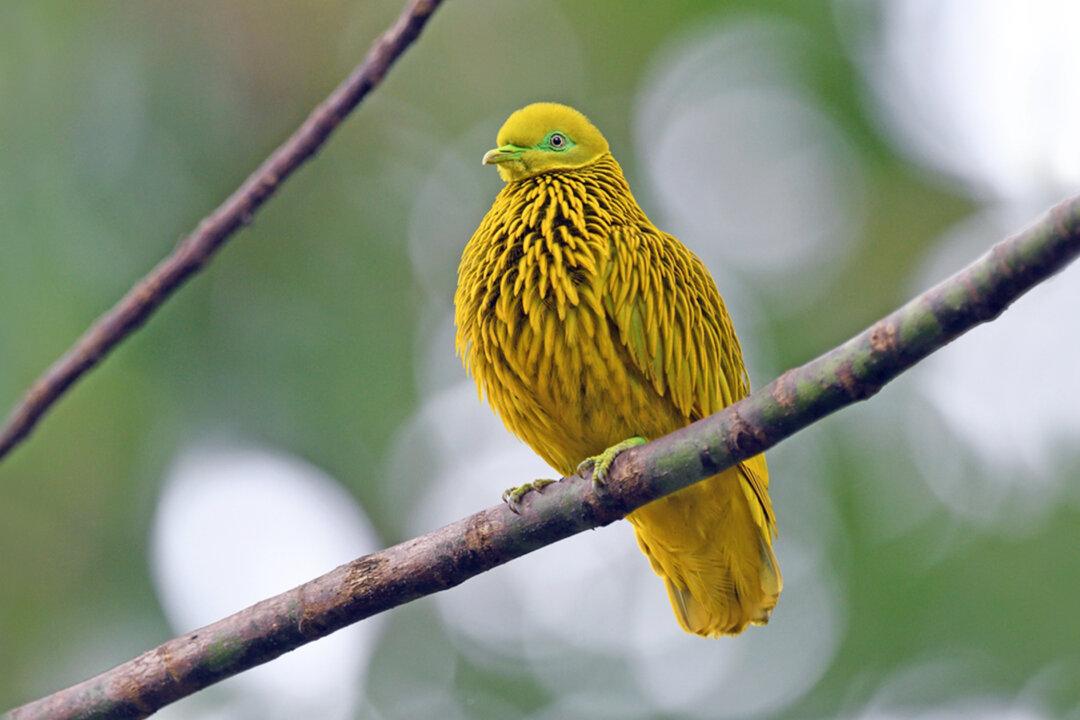If you thought doves were just grey and white, then you’re missing out on the spectacular golden fruit dove.
Endemic to the Viti Levu, Beqa, Ovalau, Gau, and Waya group islands of Western Fiji, this spectacular bird species, also known as the lemon dove or yellow dove, is famous for its long and slender special feathers around the chest area, which appear like a beautiful human mane from a distance, according to the Australian Geographic.






